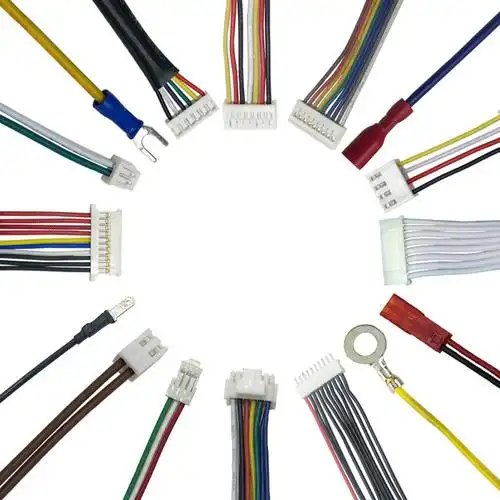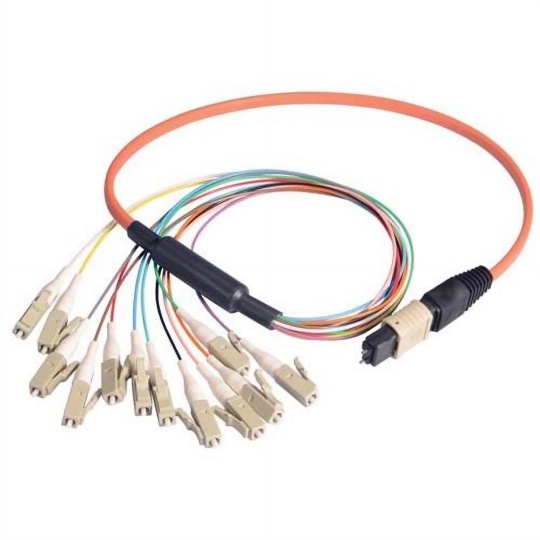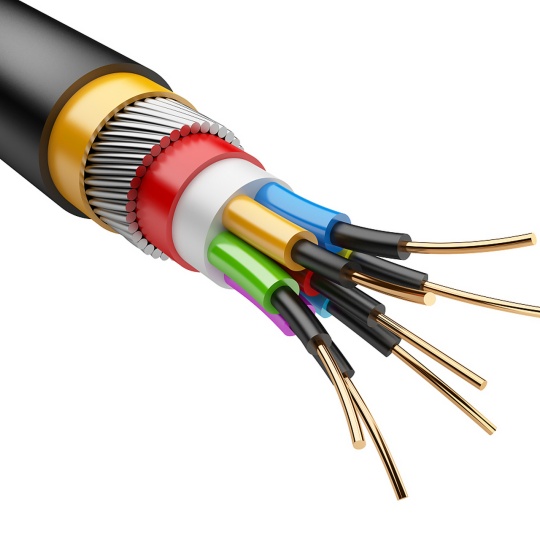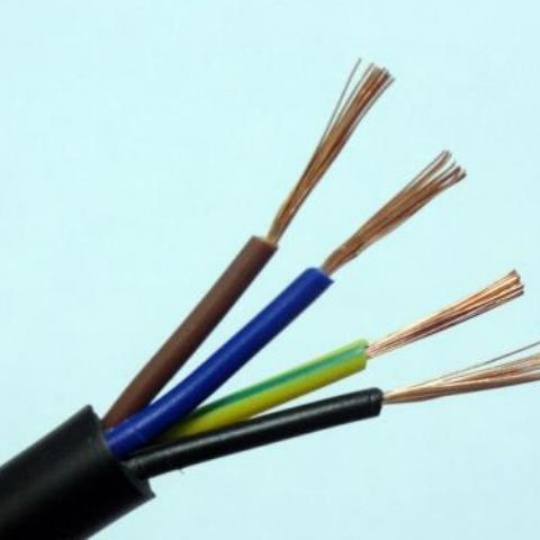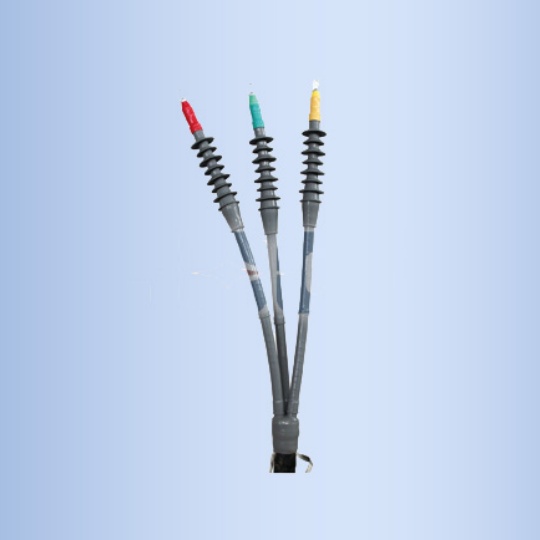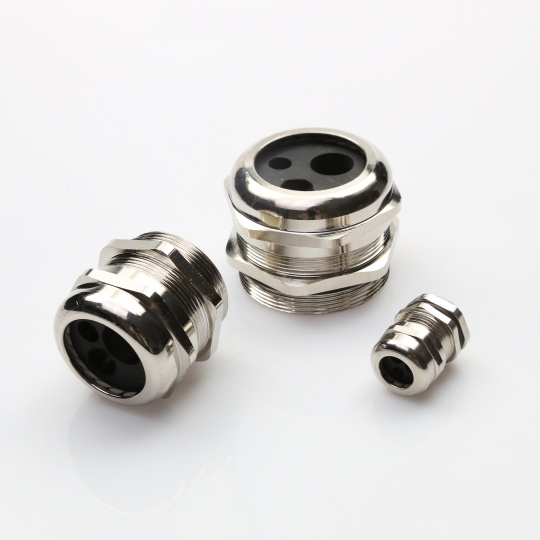Top Washdown-Resistant Cable Assemblies for Food Processing Plants
In food processing plants, maintaining stringent hygiene standards is non-negotiable. Equipment must withstand rigorous sanitation protocols, including high-pressure washdowns, extreme temperatures, and exposure to corrosive chemicals. For cable assemblies, this environment poses a unique challenge: they must deliver reliable performance while resisting damage from frequent cleaning and harsh conditions. Choosing the right washdown-resistant cable assemblies is critical to minimizing downtime, ensuring safety, and complying with industry regulations.
Here’s a comprehensive guide to selecting the best washdown-resistant cable solutions for food processing facilities.
Why Food Processing Plants Demand Washdown-Resistant Cables
Food production environments are subject to strict sanitation rules (e.g., FDA, USDA, and HACCP standards). Daily high-pressure washdowns with hot water, steam, or chemical disinfectants (like chlorine or acids) can degrade standard cables, leading to:
- Electrical failures from moisture ingress.
- Cracking or fraying due to temperature swings.
- Bacterial growth in damaged insulation.
- Non-compliance with food safety regulations.
Washdown-resistant cables are engineered to endure these challenges, ensuring uninterrupted operations and reducing contamination risks.
Key Features of High-Performance Washdown-Resistant Cables
When evaluating cable assemblies for food and beverage facilities, prioritize these critical characteristics:
- IP69K Certification
The highest ingress protection rating, IP69K, guarantees resistance to high-pressure (1,450+ PSI), high-temperature water jets. This certification is essential for cables exposed to daily washdowns.
- Material Durability
- Thermoplastic Polyurethane (TPU): Resistant to abrasion, oils, and cleaning agents.
- Silicone: Withstands extreme temperatures (-60°C to +200°C) and repetitive flexing.
- Polyethylene (PE): Ideal for cold storage areas due to moisture and frost resistance.
- Chemical Resistance
Cables must endure exposure to acids, alkalis, solvents, and cleaning agents. Look for NSF/3-A-sanitary compliant materials that resist swelling or degradation.
- Flexibility and Crush Resistance
Cables in processing plants often face mechanical stress from moving machinery. Reinforced shielding and flexible designs prevent kinking or crushing.
- FDA/USDA Compliance
Ensure materials are food-safe, non-toxic, and free from halogens or phthalates that could contaminate products.
Top Applications in Food Processing Plants
Washdown-resistant cables are vital for:
- Conveyor systems (exposed to frequent cleaning).
- Pumps and mixers (submerged or sprayed regularly).
- Slicing/dicing equipment (high moisture and debris).
- Freezer or cooker lines (extreme temperature shifts).
How to Choose the Right Cable Assembly
- Assess Washdown Frequency and Pressure
Match IP ratings to cleaning intensity. IP67 may suffice for light rinsing, but IP69K is mandatory for aggressive washdowns.
- Evaluate Chemical Exposure
Verify compatibility with sanitizers like peracetic acid or quaternary ammonium compounds.
- Consider Temperature Extremes
Silicone cables excel in ovens or fryers, while PE suits cold storage.
- Verify Certifications
Look for NSF/3-A, UL, or CE marks to meet global food safety standards.
- Partner with Specialized Suppliers
Brands like Lapp Group, SAB Bröckskes, and igus® offer industry-tested solutions with custom configurations.
Top Washdown-Resistant Cable Brands
- ÖLFLEX® FD 855 C (Lapp Group)
- IP69K-rated, TPU-jacketed, and resistant to oils and UV light. Ideal for conveyor systems.
- Chainflex® CF9 (igus®)
- Silicone-free, FDA-compliant, and built for high-motion applications.
- TrayPak® FDA (Alpha Wire)
- NSF-certified, chemical-resistant, and suitable for wet environments.
Installation and Maintenance Tips
- Use stainless steel cable glands for secure, corrosion-proof connections.
- Avoid sharp bends; use looped strain relief to extend cable life.
- Inspect cables regularly for cuts, abrasions, or discoloration.


